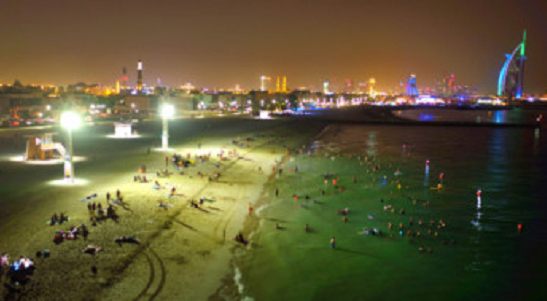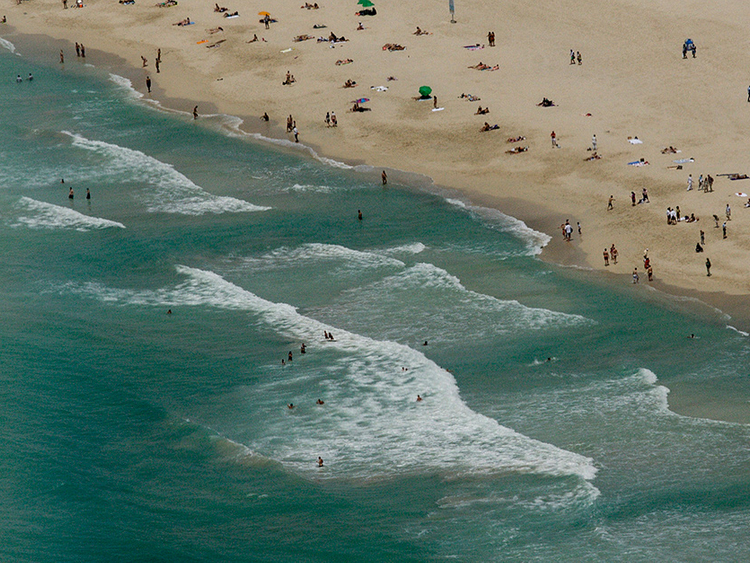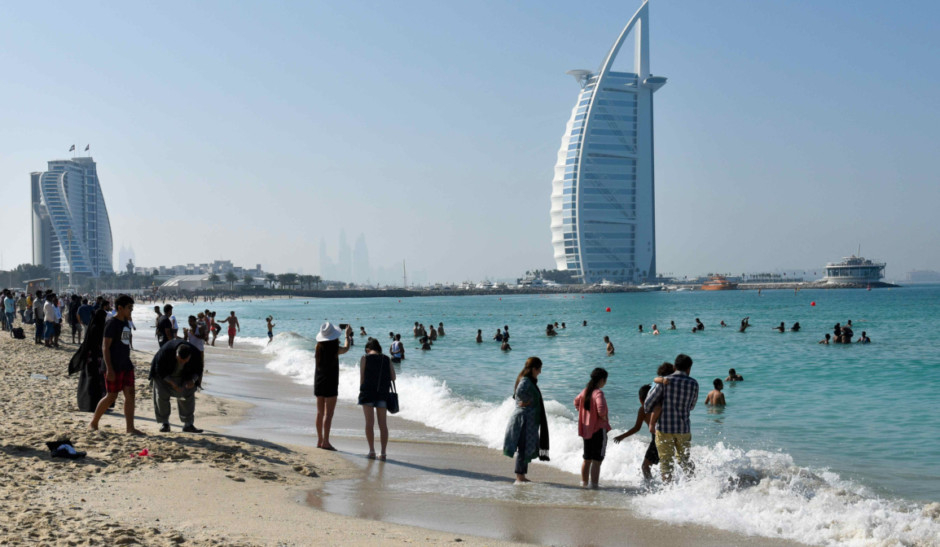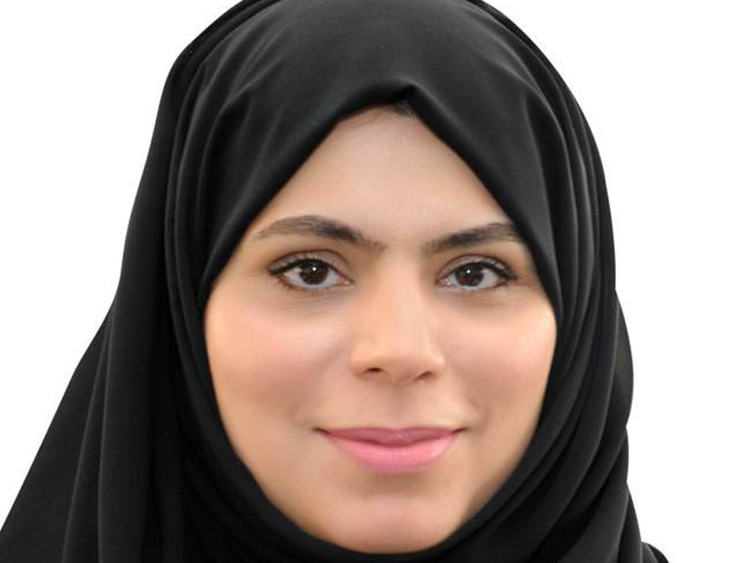
Dubai: Dubai Municipality is set to launch a massive beach safety awareness campaign after its lifeguards rescued hundreds of people from drowning in Dubai’s open public beaches in the first half of this year.
Top officials of the civic body told Gulf News that a multilingual awareness campaign will be launched in September when more people are expected to hit the beaches.
A total of 389 people, including around 100 women, were rescued in the open public beaches of Umm Suqeim 1 and 2, Jumeirah 1,2 and 3, Al Mamzar Lagoon, and Al Mamzar Corniche in the first six months of 2017.
These are apart from the 392 people rescued from paid beaches in Al Mamzar Beach Park, Jumeirah Beach Park, and swimming pools in Mushrif and Hatta Parks in the last three years, the details of which were recently announced by the Parks and Horticulture Department.
The municipality’s Environment Department, which has the coastal management section supervising the open public beaches, has found that almost half of the people rescued from the public beaches are Indian and Pakistani nationals. The majority of them were between 20 and 40 years of age and many of them were workers.
“Though we have all safety information on the ground, several people seem to be taking the safety instructions for granted … Some don’t even know the meaning of the flags raised for warning swimmers. So, based on the statistical analysis, we are launching the campaign in English, Arabic and Urdu,” said Hussain Nasser Lootah, the director general of Dubai Municipality.
He said the civic body is keen to maintain the public health and safety on Dubai beaches, which are popular tourist attractions, through an integrated beach safety and rescue system with international standards and a team of trained and qualified lifeguards equipped with the latest rescue technology.
“We want to allow beach-goers to get the best entertainment and leisure, and also to ensure their safety to achieve the municipality’s vision of building a happy and sustainable city.”
Alia Al Harmoudi, director of the Environment Department, said the system includes 30 lifeguard stations — nine main stations and 21 patrol stations.
“The marine rescue team includes 100 lifeguards keeping vigil at all public beaches from sunrise to sunset. They are equipped with 30 rescue boards, five jet skis and eight beach buggies, and wireless devices.”
Also in the fleet are two robot lifeguards, which can fetch drowning victims by speeding at 35km per hour, which is 12 times the speed of a human saviour.
Al Harmoudi said the department is now working with some companies to develop a new robotic device for beach rescue operations.
Warning systems
She urged beachgoers to follow the warning flag system — poles with three colours of flags — which indicates the state of the sea and the possibility of swimming or not.
“A total of 100 beach instruction boards have also been placed on all public beaches to ensure how important it is for beachgoers to abide by the instructions and to swim during daylight hours only, except on the Night Swimming Beach in Umm Suqueim, where swimming is allowed until midnight.”
She noted that Dubai Municipality also provides an application for forecasting sea conditions, which helps beachgoers to properly plan their beach visits.
“This application is available on Dubai Municipality’s Coastal Zone Monitoring and Forecasting Programme website: www.dubaicoast.ae.
The forecasting aims to provide information on waves, current, surface elevation, wind, oil spill and inundation along Dubai coastline and the Arabian Gulf. We urge beachgoers to check the forecast before heading to the beaches especially when weather is bad.”
She also advised beachgoers not to swim in areas demarcated for extreme water sports at Umm Suqeim Beach and Jumeirah Third. “This will ensure the safety of public beachgoers and provide sufficient space for sport activities away from the swimming areas, which have special swimming barriers.”















